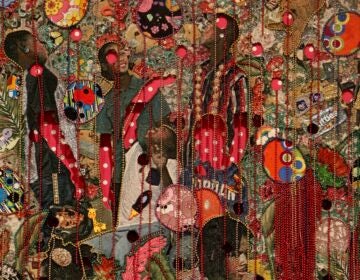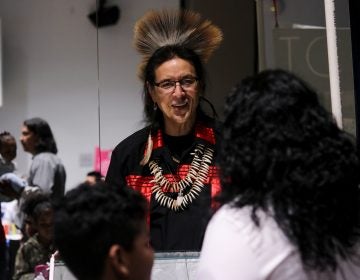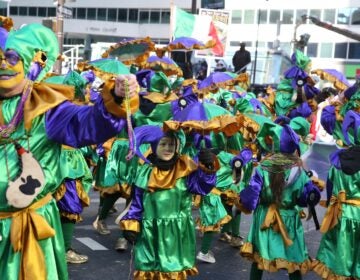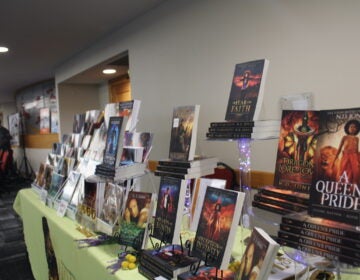Reading Public Museum brings its mummy back to life, as a hologram
The Reading Public Museum knows what the Ancient Egyptian woman named Nefrina looked like in 300 B.C., so it recreated her as a hologram.
Listen 1:25Nefrina is 2,300 years old, and she’s a rock star.
The mummy from the ancient city of Akhmim in Upper Egypt, circa 300 B.C., has been at the Reading Public Museum since 1930, where she reigns as the most popular artifact in its archeological gallery.
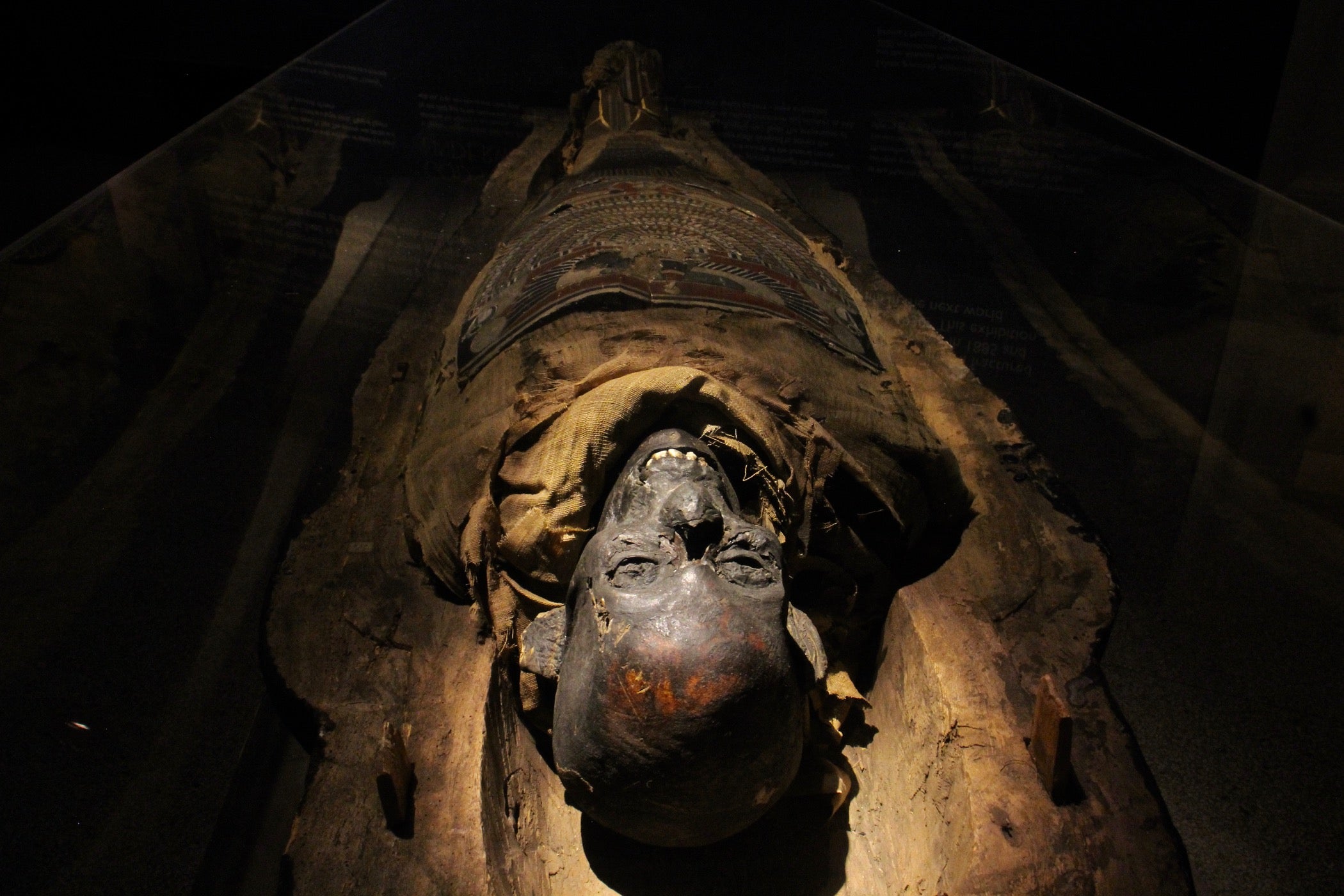
Now the museum has now brought Nefrina back to life, as a hologram.
“When you’re dealing with the rock star of the collection, you want it to be rock star quality,” said director and CEO John Graydon Smith.
Nefrina, or Nfr-ii-n according to the marks made on her sarcophagus, appears as a ghostly projection: a life-size, semi-transparent, three-dimensional figure in a digital haze. For almost four minutes she describes her upper-class life in Egypt as the daughter of a temple priest, her death (likely due to complications from a broken hip when she was around 40 years old), and the process of being mummified.
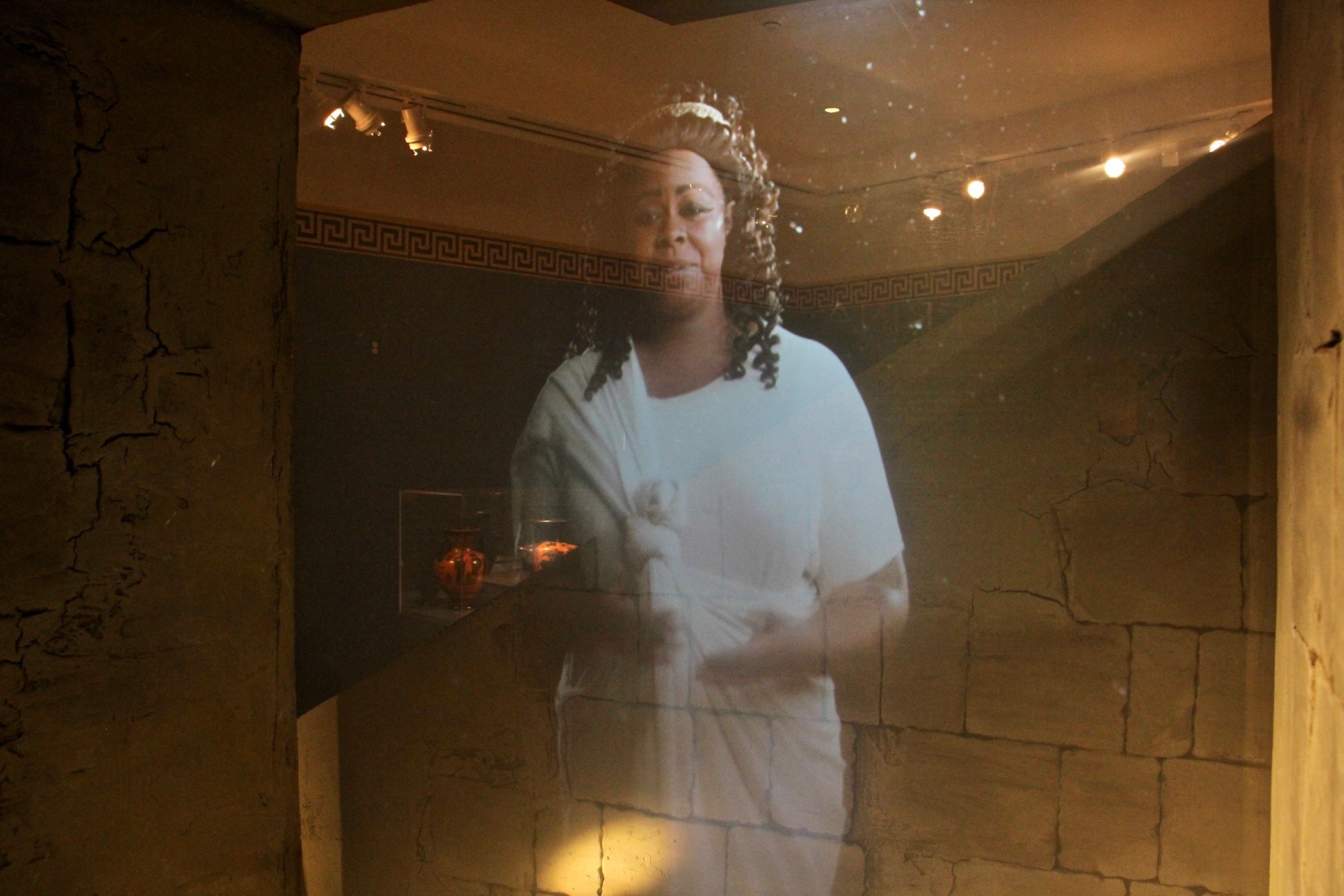
After her organs were removed from her body, they were cleaned, dried, and returned to the body, unlike other mummies whose organs were put into canopic jars. Also, Nefrina had a medical poultice applied to her injured hip after death, so it might be healed in the afterlife.
Nefrina’s mummy was discovered by archeologists in the late 19th century and acquired by the University of Pennsylvania in 1893. In 1930, it was moved to the Reading Public Museum on long-term loan, and ultimately purchased by the museum in 1949.
The mummy underwent significant inspection in 2003 when it was CAT scanned at a local Reading hospital, which discovered the broken hip. Based on forensic science, her flesh was recreated as a white plaster bust, imagining what her face would have looked like based on the structure of her skull and an understanding of soft tissue.
For its hologram feature, the Reading Public Museum sought out an actress that resembled Nefrina as closely as possible.
“[Nefrina] was a Black girl. It’s important that you take that away,” said Smith. “You might see ancient Egypt and think Elizabeth Taylor, or some recent incarnation in Hollywood or TV. We know what she looked like in life, and we felt it was important for our visitors to walk away with an authentic understanding.”
To create the hologram exhibition, Smith worked with the West Reading digital design firm NeoPangea, which found a local actress with an “uncanny” resemblance to Nefrina. Nichelle Nichols was once a regular on Philadelphia theater stages as Nichelle Patrice (to avoid confusion with the actress who played Lieutenant Uhura on the original “Star Trek”). She is now a community manager with a real estate firm, but still takes acting classes.
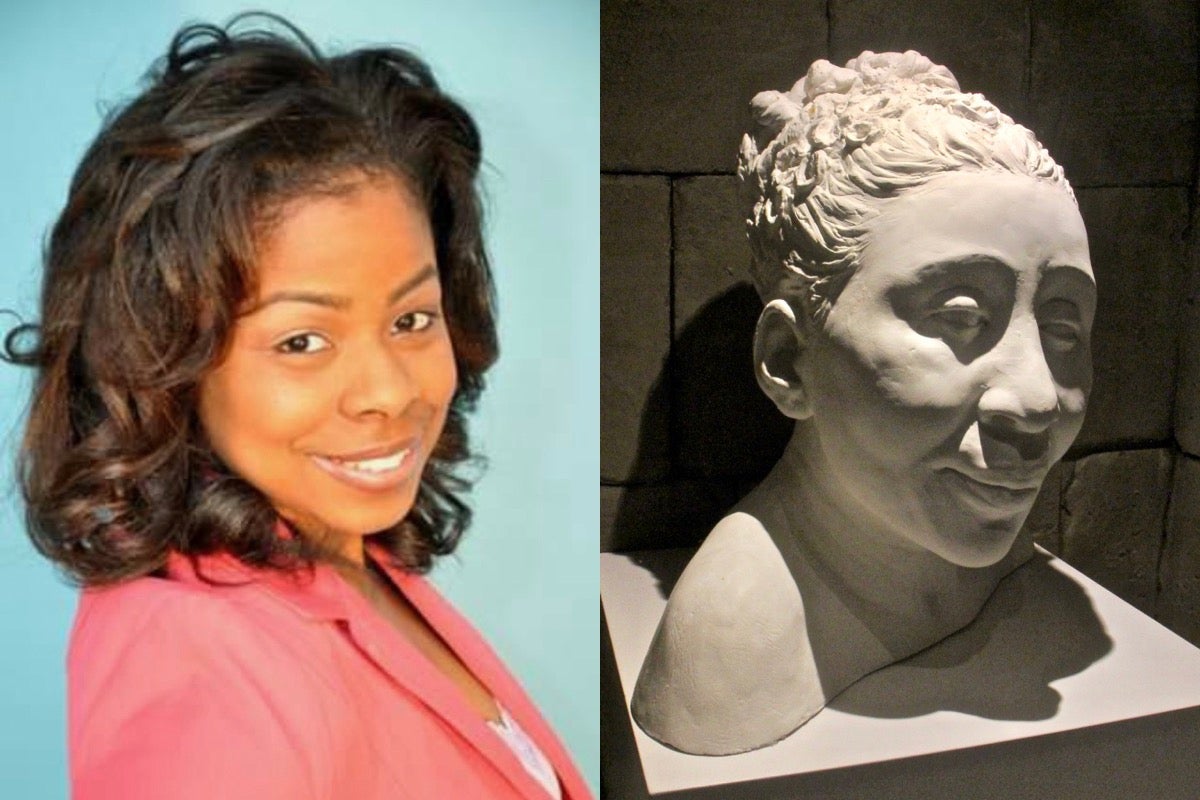
Last summer Nichols connected with NeoPangea through an instructor at Aikan Performing Arts in Philadelphia’s Logan neighborhood. She remembers it was an unusual gig.
“I wasn’t sure what the full scope of the project was. I knew it was about a mummy, I knew her name was Nefrina, and I knew it was at the museum. That was it,” said Nichols. “Then they explained it to me, but I still didn’t really understand it until I saw it.”
As Nefrina, Nichols describes the life, death, and afterlife of her character while gesturing around the room. At key moments during the monologue, other artifacts in the room are spotlighted to illustrate what she is saying. To the right of the hologram is the forensic bust of Nefrina, and to the left is the real Nefrina, her face and teeth unwrapped and exposed.
The exhibition is designed not only to draw in visitors, but to connect different artifacts in the room into a single spoken narrative.
“Somebody could have stood up and said the same thing and it would have been just as educational,” said Smith. “But since we’re doing it in the first person, we felt it was critical to have someone who looked as close to Nefrina as possible.”
“For kids who come here who might actually look like Nefrina did, it’s important for them to see themselves represented in an institution like this,” he continued. “That’s not always the case.”
The story of Nefrina even captivated the actress portraying her. Before this job, Nichols had never before been to the Reading Public Museum, never seen the mummy, and had never heard of the ancient woman she so closely resembles.
“It piqued my interest quite a bit, to try to maybe at some point to trace my family,” said Nichols. “I thought, Wow — this may be something I want to look into. We might be related.”

Get daily updates from WHYY News!
WHYY is your source for fact-based, in-depth journalism and information. As a nonprofit organization, we rely on financial support from readers like you. Please give today.



